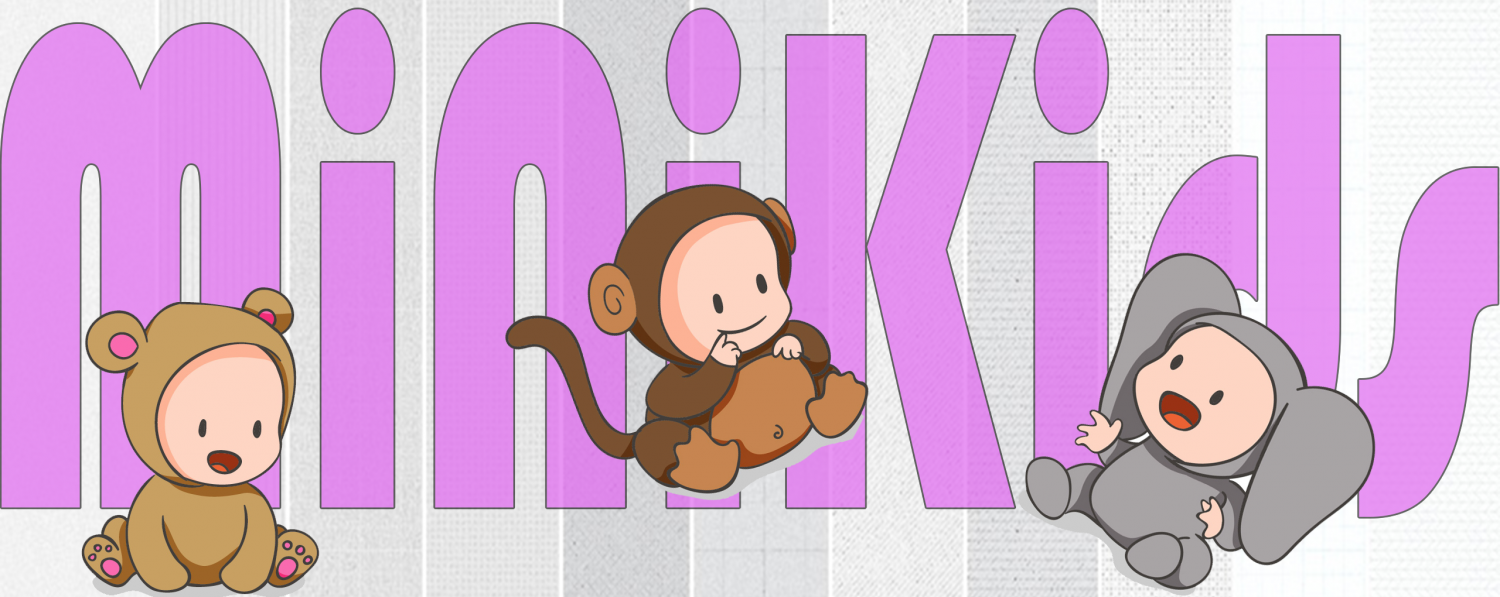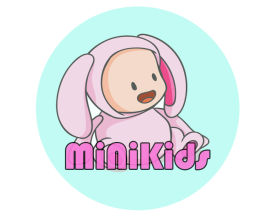Treat respiratory allergy
Baby has a runny nose, irritated eyes … when in doubt or questioning of respiratory allergy, please consult an allergist.

The right professional to treat a respiratory allergy is the allergy. Attached to a hospital or practitioner in private, that doctor specializing in children’s allergies and adult officiates in all major cities. Either by causing the reaction, or by removing the allergen, the specialist manages to identify the elements responsible for the respiratory allergy of your baby. For this, it may be necessary to perform more specific tests.
Allergy: possible tests
To determine the cause of the allergy your child’s allergist can use:
– Skin tests. Achievable from the age of six months they are however very little practiced before nine months. The allergist introduced allergen using a small plastic tip on the skin of the forearm or back. Your baby will be more surprised than frightened.
– Blood tests. They consist of a simple blood test and are looking all common allergens. If the test is negative, it does not mean that your child does not have respiratory allergy. There are indeed false negatives, such as false positives.
If these reviews seem challenging you for your toddler, think of the relief found once unmasked the culprit! Know also that there are anti-pain remedies for these exams. Feel free to discuss this with your doctor.
Tips in case of allergy
First of all, dismiss the Baby of the environment responsible for its allergy element. This is called foreclosure. “If your child is allergic to cats, take your precautions before going to spend the weekend at her grandmother who is one! Even if it does keep the time of your stay, the house remains contaminated by hairs that may trigger an attack. same with pollen, if he fears birches example, avoid walks in the forest! “advises Dr. V. Marchac.
Station as the carpets, cushions, mattresses, carpets, stuffed animals … these are real nests and dust mites paradise! Good habits to have:
– Baby aerate the room twenty minutes per day;
– Wash his sheets to 60 ° C once a week;
– Put her blanket in the freezer (mites do not survive freezing temperatures), then pass it to the washing machine regularly;
– Cover her mattress and pillow with a dust mite cover.
Allergies: What Baby treatments?
If the eviction is not enough, as in most cases the use of medication is needed to relieve your child. The allergist or pediatrician administers an antihistamine. It is carried out with caution in infants, because of its mild sedative effect. As also says Dr. Pierre Popowski, homeopath, “homeopathy invaluable curative and preventive effects. It is also part of the management strategy responsible for allergies.”









